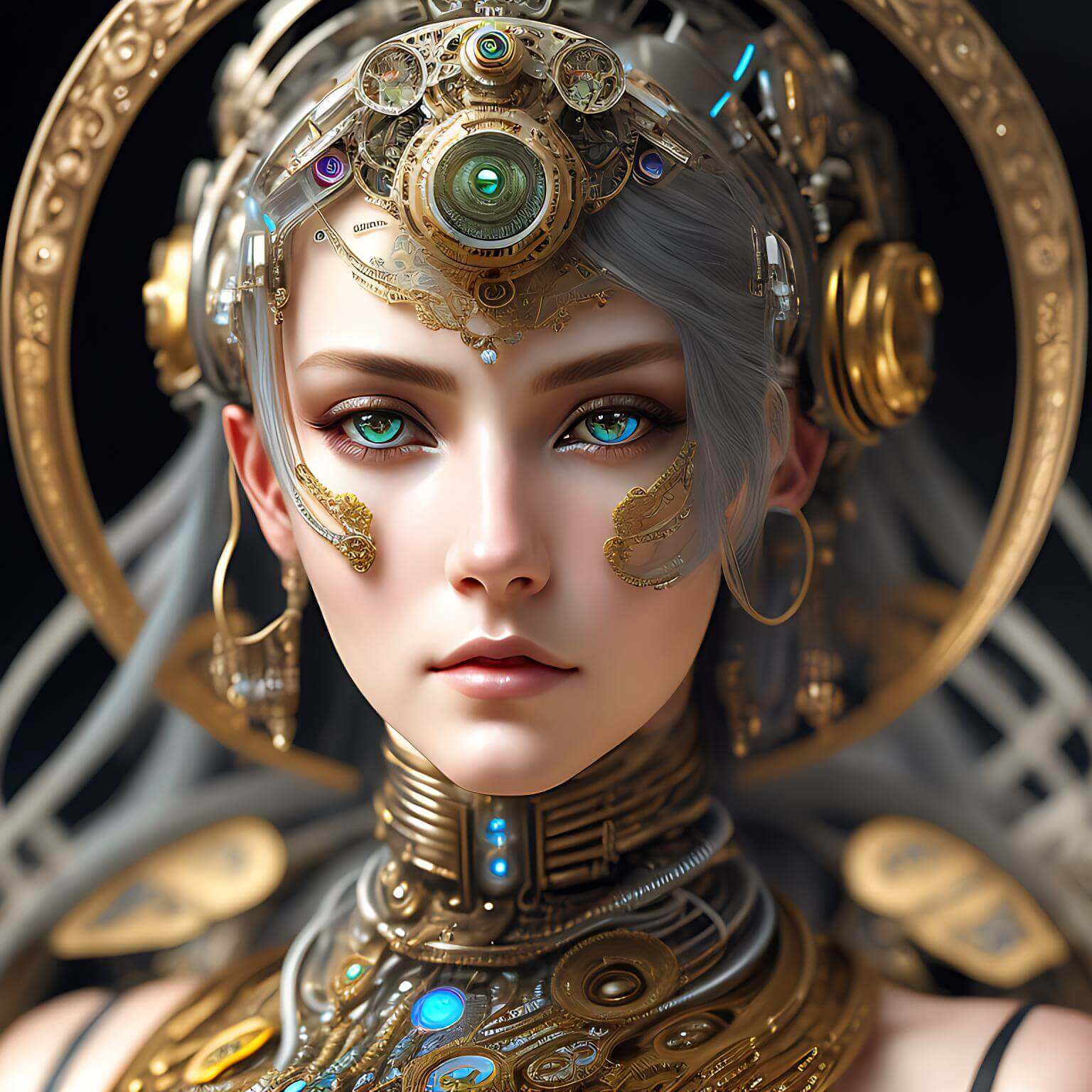The Power of AI in 2025: Real-Life Examples Changing Our World
Artificial Intelligence (AI) is changing the world around us, and by 2025, it’s expected to be even more powerful, smarter, and integrated into our daily lives. AI has come a long way, and it’s transforming everything from how we work to how we live. Let’s take a look at what AI in 2025 could mean for us. The Power of AI in 2025 :

1. Healthcare: AI Saves Lives
Example: Your Smartwatch Detects a Heart Problem
In 2025, your smartwatch does more than count steps. Using AI, it analyzes your heartbeat patterns 24/7. If it notices an irregular rhythm (like atrial fibrillation), it alerts you and sends a report to your doctor. No more waiting for symptoms to worsen—early action saves lives.
Example: AI-Powered Cancer Scans
Hospitals use AI like “DeepDetect” to analyze X-rays and MRIs in seconds. For instance, an AI scan recently spotted a tiny lung tumor in a patient that human radiologists missed. The patient started treatment early, boosting their chances of survival.
2. Education: AI Tutors for Every Student
Example: “StudyBuddy” – Your Personal Learning Coach
Meet StudyBuddy, an AI app that adapts to how you learn. If you’re struggling with algebra, it breaks problems into bite-sized steps and uses games to teach. If you ace a topic, it jumps ahead. Students in rural areas now access top-tier tutoring, closing the education gap.
Example: Virtual Reality History Lessons
AI-powered VR headsets let students “walk” through ancient Rome or witness the Civil Rights Movement. Teachers say students remember facts 50% better when they experience history instead of reading about it.
3. Work: AI as Your Productivity Partner
Example: AI Project Managers
Tools like “TaskMaster AI” organize team workflows. It schedules meetings, tracks deadlines, and even nudges coworkers with reminders like, “Hey, Maria—don’t forget to submit the budget report by 2 PM!” Result? Less stress, more productivity.
Example: AI Design Assistants
Graphic designers use tools like “DesignGenius” to brainstorm logos. You type “eco-friendly tech company,” and the AI generates 20 draft designs in seconds. Humans then tweak the best ones—cutting work time in half.
4. Daily Life: AI Makes Mundane Tasks Disappear
Example: The Self-Ordering Fridge
Your fridge has AI cameras that track food expiry dates. When you’re low on milk, it adds it to your grocery cart automatically. Some fridges even suggest recipes based on what’s inside—like whipping up a stir-fry with leftover veggies.
Example: Self-Driving Taxis
Companies like “AutoRide” deploy AI taxis in cities. These cars navigate traffic jams, avoid accidents, and pick the fastest routes. Commuters now watch Netflix during rides instead of stressing over driving.
5. Ethics: AI’s Challenges (and Solutions)
Example: Bias in Hiring AI
In 2023, a company’s AI hiring tool unfairly rejected resumes from women. By 2025, tools like “FairHire AI” fix this. They’re trained to ignore gender, race, or age and focus only on skills—making hiring fairer.
Example: AI Disaster Response
During floods, AI drones map disaster zones and predict where help is needed most. Rescuers saved hundreds in India last year using AI systems that prioritized trapped families based on danger levels.
The Future is Here—and It’s Collaborative
AI in 2025 isn’t about machines replacing humans. It’s about teamwork. For example:
- Farmers use AI to predict crop diseases but rely on their expertise to act.
- Doctors trust AI scans but make final decisions with empathy.
Yes, challenges like privacy or job shifts remain, but innovators are tackling them head-on. The goal? AI that works for us, not against us.
What’s Your AI Dream?
Would you love an AI chef that cooks your favorite meal? Or a robot that plants trees to fight climate change? Share your ideas below! 🌍🤖
